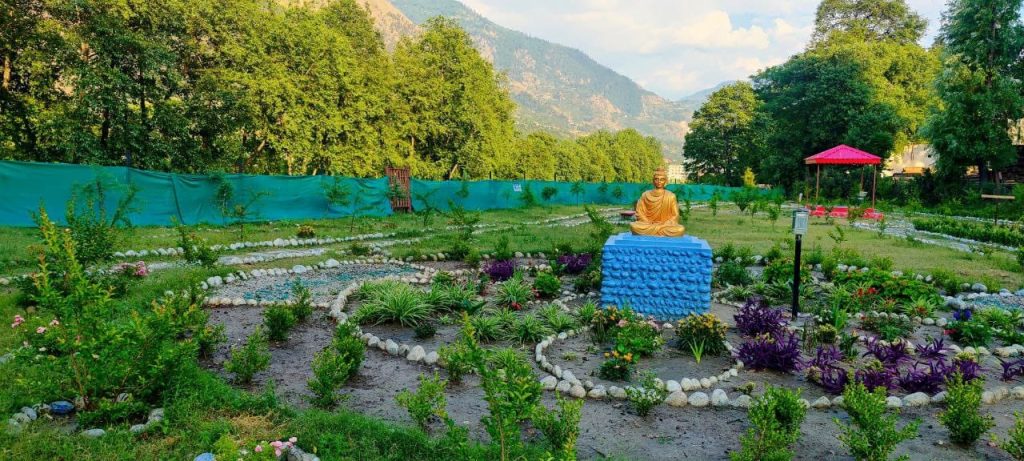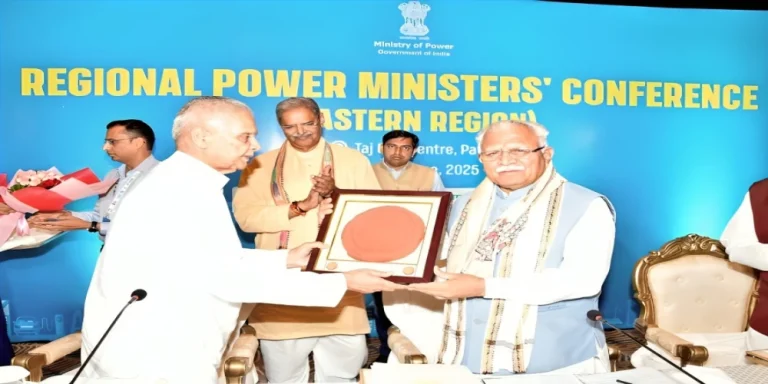Soon, the Shamshi area in Kullu district of Himachal Pradesh will be converted into a city forest under the Nagar Van Scheme. A proposal sent by Parvati Forest Division, HP Forest Department, to this effect has been approved by the Ministry of Environment, Forest and Climate Change, Government of India, and the preparatory works have already begun.
Linear and regional models of planting and recreational avenues, including eco-restoration, will be created and the Nagar Van will eventually be extended upto the buzzing Mohal Nature Park along the River Beas next year.
In an exclusive conversation with Indian Masterminds, DFO, Parvati Division, Mr. Aishwarya Raj, shared details about the project.
BOOST ECO-TOURISM
A total of 10 hectre area will be transformed as part of the Nagar Van. The budget allotment is being made in two installments, and the project will be completed by next year. Mr. Raj said, “The Van Complex shall aid in development of local eco-tourism circuit (Shamshi Nagar Van, Sangam Swarnim Vatika, Mohal Park, upcoming Shamshi Wood Museum, upcoming Mohal Nature Interpretation centre, etc.) as well as be a haven for locals, nature-enthusiasts, cyclists and birdwatchers and visitors to enjoy the beauty of nature, river Beas, and forests in the vicinity.”
GETTING RID OF GARBAGE
The area in question in Shamsi is home to office complexes, housing colonies and riverside areas. Unfortunately, quite a few parts of these areas are being dumped with garbage and waste from nearby localities for a long time now. The brunt of this is being borne by River Beas, its banks, and the local inhabitants subjected to the filth.
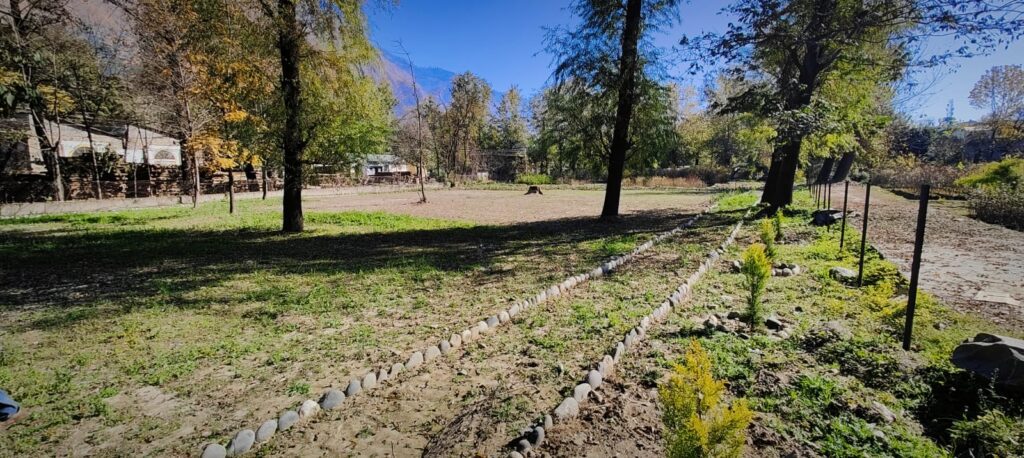
“Biotic pressures are other concerns of the locality, as also the frequenting of some anti-social elements at times. It is pertinent to mention that a small part of the total area was already converted in March 2021 into a ‘Sangam Swarnim Vatika’ (GoHP scheme) that has been welcomed by locals. As has been observed in the last few months, the space wherein only anti-social elements were found loitering in late evenings before, is now frequented by regular walkers, old people and youngsters,” Mr. Raj said.
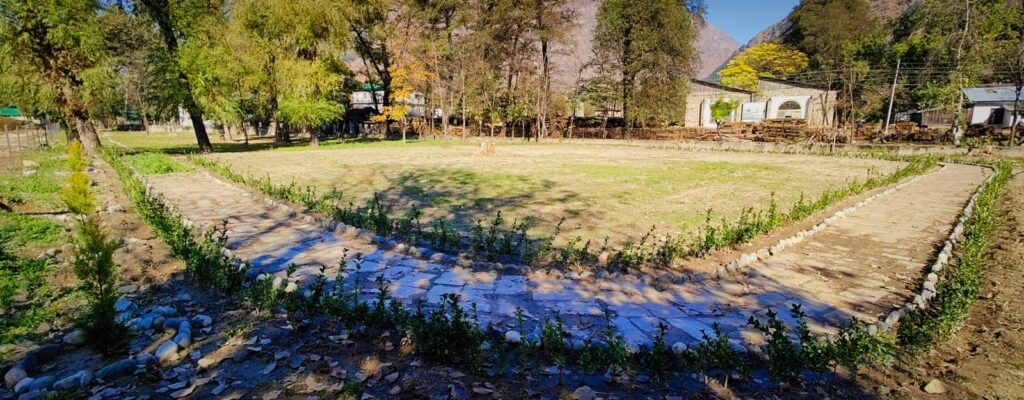
USING LOCAL MATERIALS
He also emphasized that expanding this concept further and merging it with the larger scheme of Nagar Van Yojana, would be a classic example of dovetailing of government schemes in the field of environment conservation.
“Focus will be on upscaling cycling techniques and using local material for landscaping and signage purposes. Nature awareness boards and messages will form an important part of bringing environmental consciousness closer to people. Preparatory works have already begun, as linear and regional models of planting and recreational avenues including eco-restoration will be created,” he said.
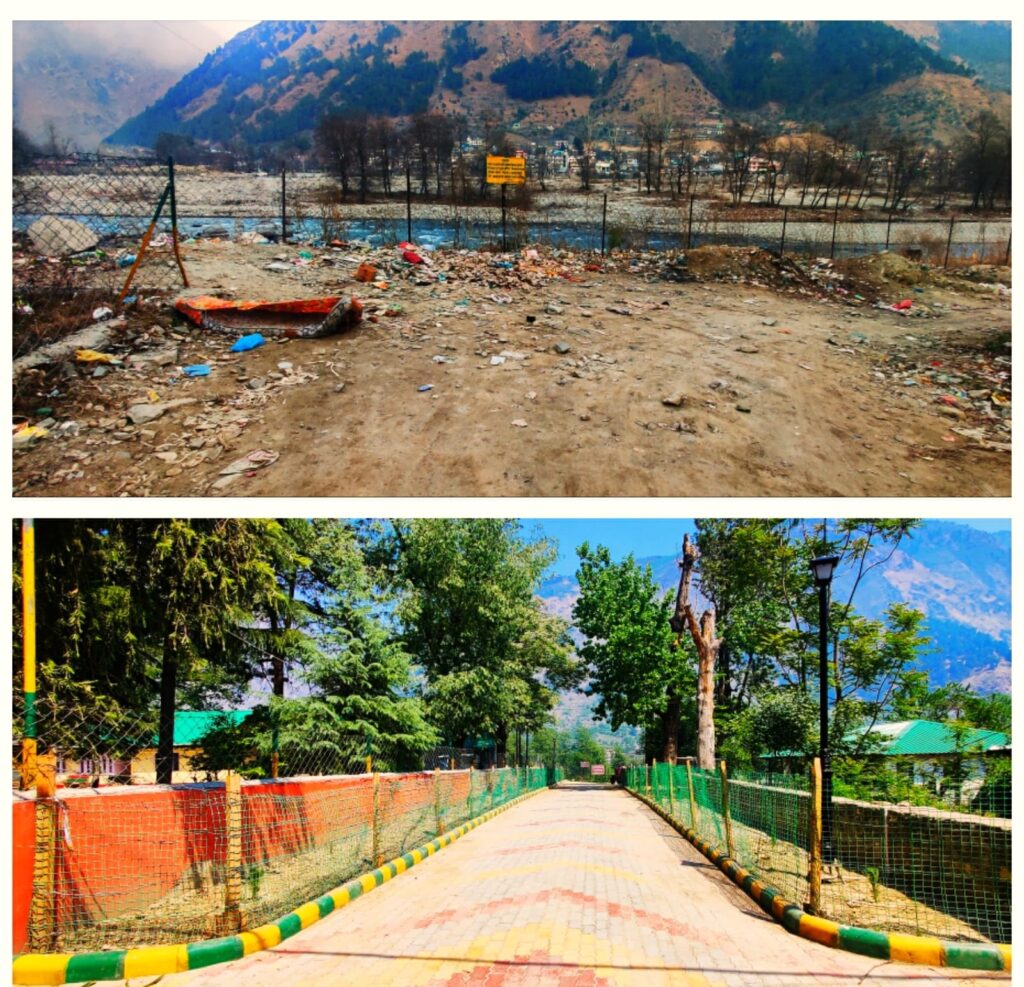
Thematic vans like Aarogya Van (highlighting ethanobotanical richness of Kullu flora), Miyawaki plantation zones, birding trails, oriental zone, butterfly breeding zone, etc. will be developed. Planting species would highlight the local floral diversity. A riverside walking trail starting from Shamshi complex till SSB will be developed along River Beas with Victorian lighting and seating facilities.
The project is a combination of small grooves of forests, vatikas and avenue plantations, along with protection measures, walking and cycling trails, recreational spaces and amenities for visitors, including a seasonal zipline facility along the riverside front.
Mr. Raj said that the idea is to blend an entire living area into the concept of ‘city forest’ rather than only work on a vacant patch of land. This landscape approach will help make the experience more wholesome and also be in line with the essence of Nagar Van Yojana, where people living in the vicinity can also be made stakeholders in the upkeep of these greening exercises by making use of nature’s positive experiences.

